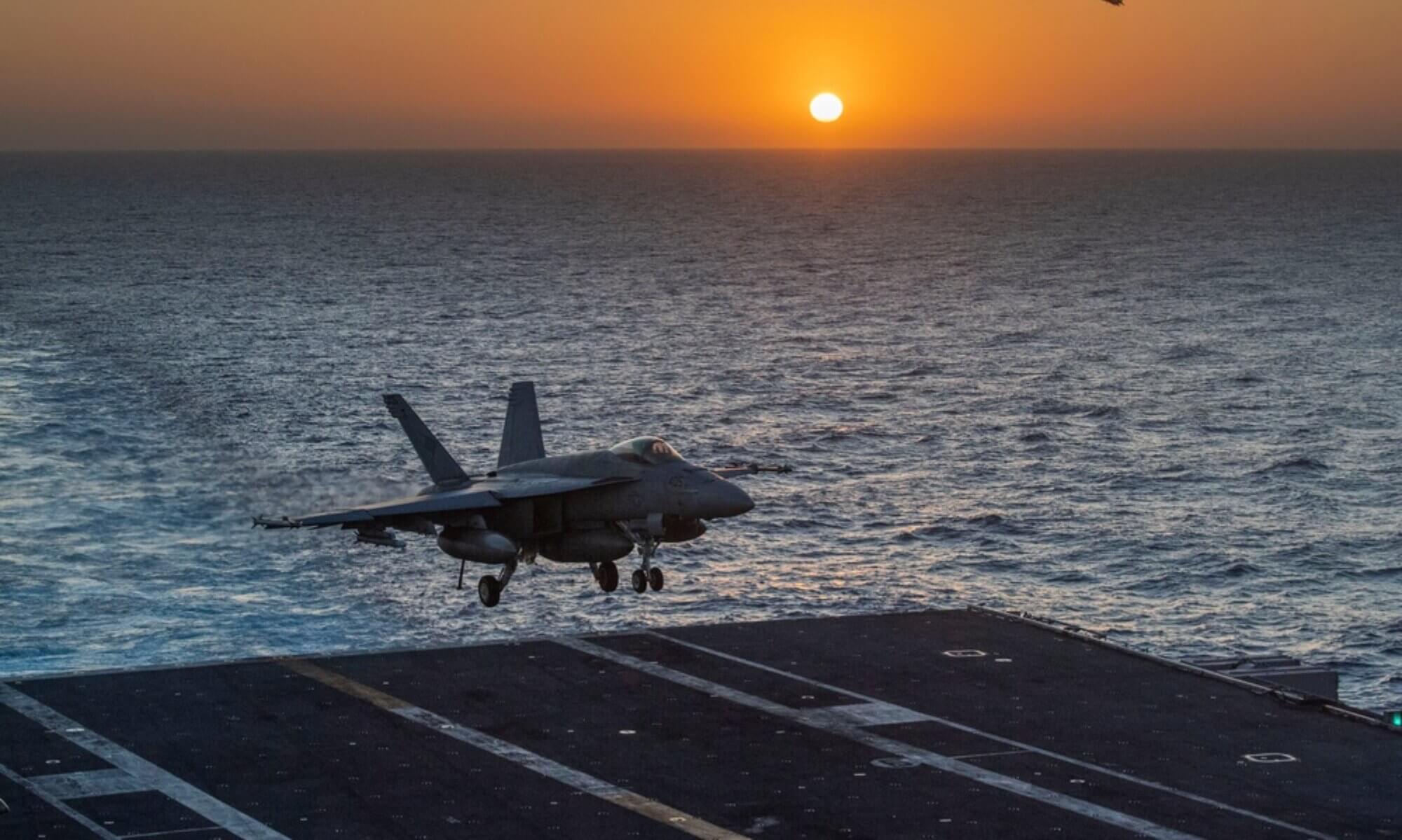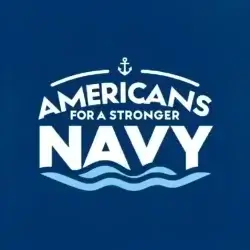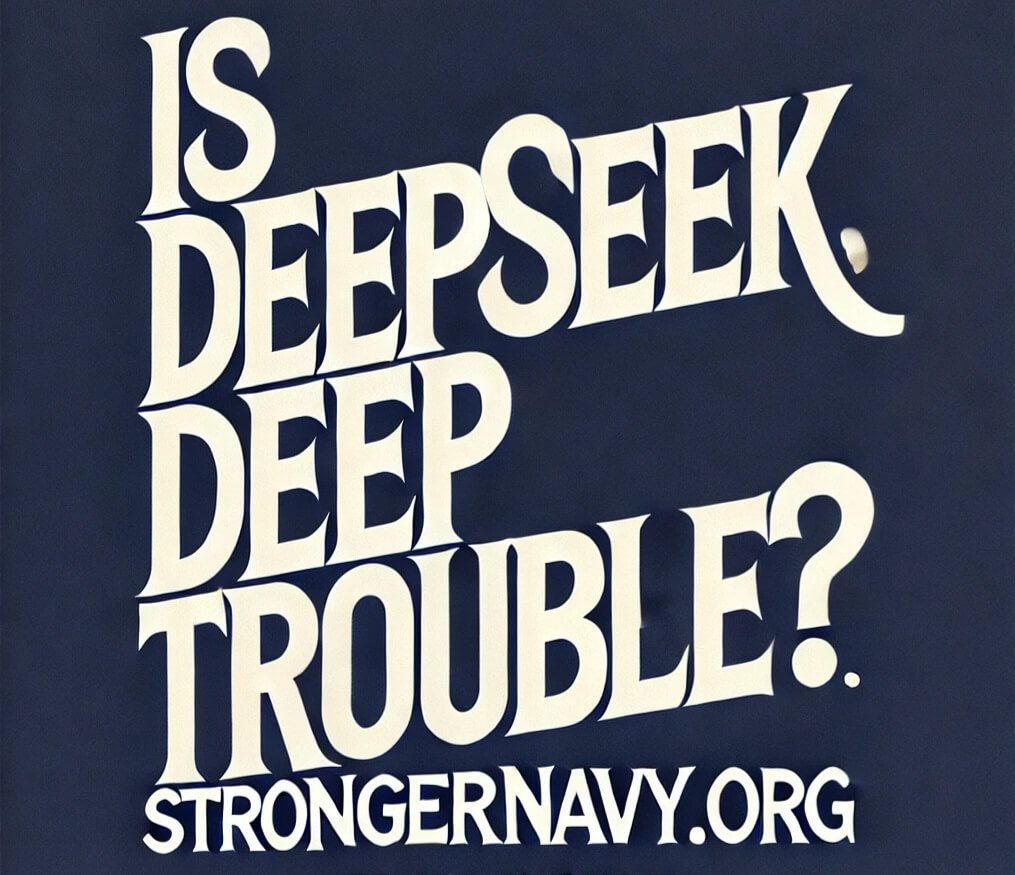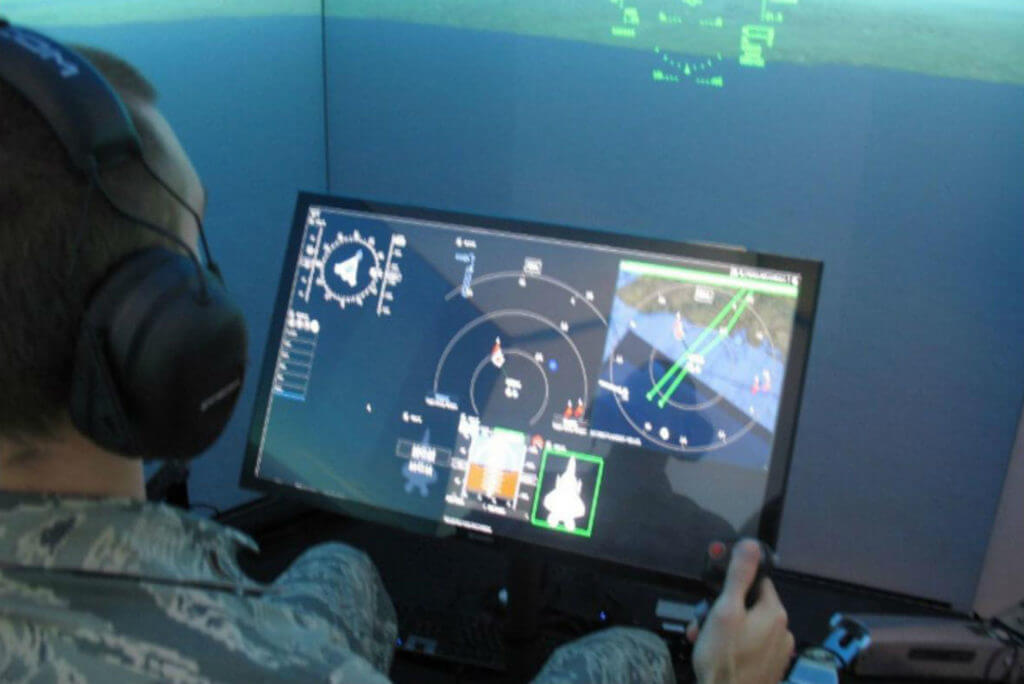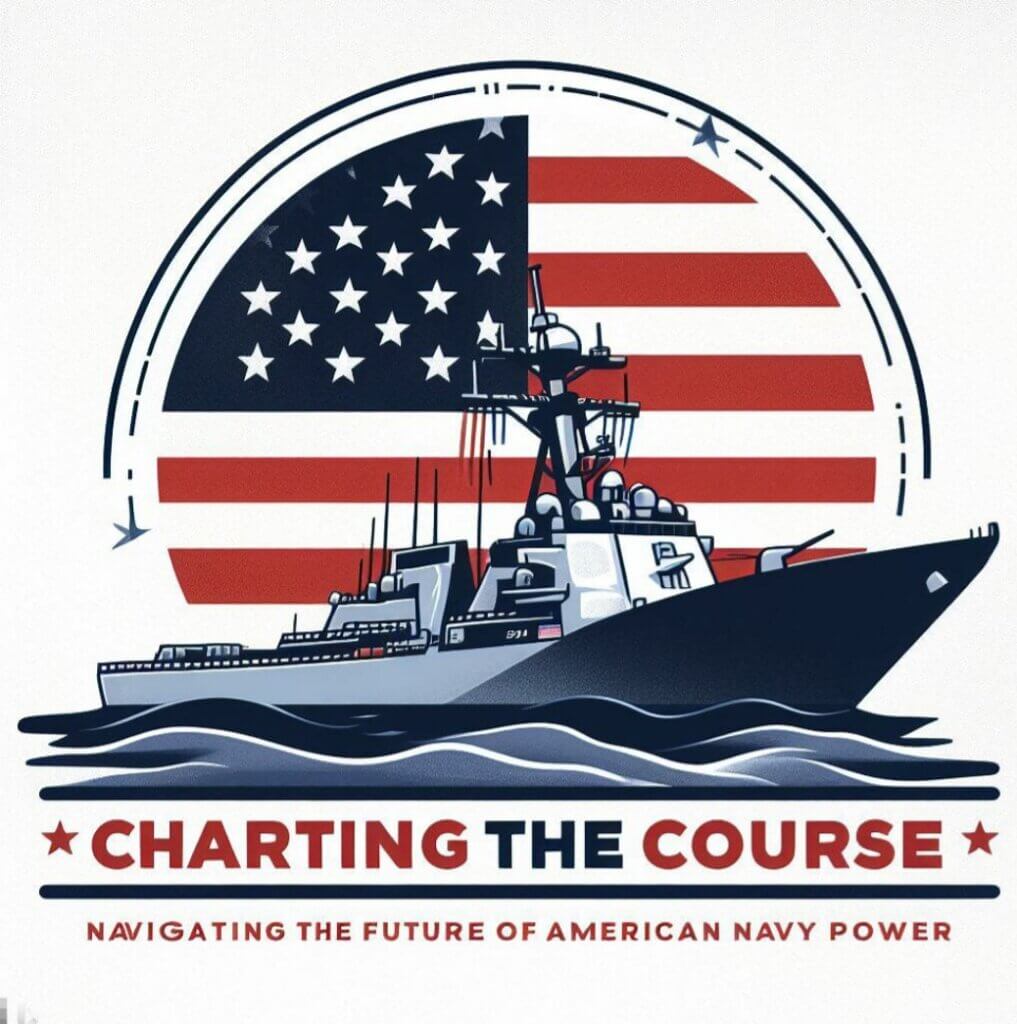
Introduction
The future isn’t coming—it’s already here, patrolling our oceans with no human hands on the wheel.
Personal Reflection
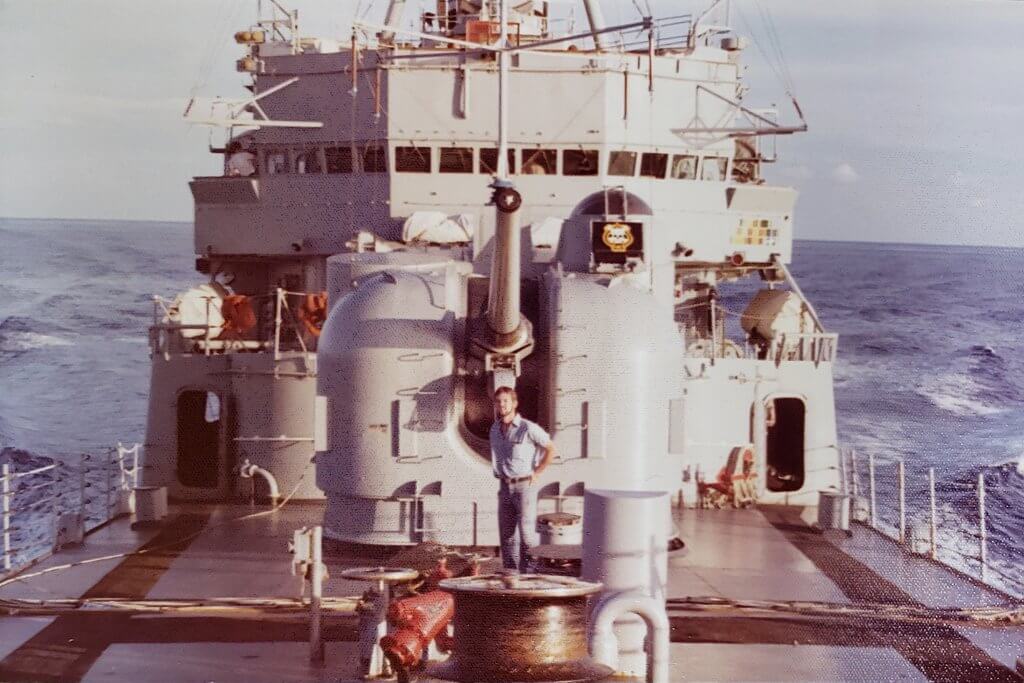

As someone who stood watch on a destroyer’s deck for years, I’d love nothing more than for every young American to feel the salt air, a wooden helm at their fingertips, the roll of the ship beneath their feet and the breathtaking vastness of the sea. That experience shaped my life and the life of many others that I respect and admire.
But sentiment won’t secure the future. The world has changed—and it’s time we face some hard facts.
We’re now witnessing the dawn of a radically new era in warfare. One that demands we embrace and invest in the technologies that will define the next generation of naval power.
From Science Fiction to Sea Trials
Less than a decade ago, the idea of fully autonomous warships seemed like the stuff of sci-fi. Today, the U.S. Navy’s USX-1 Defiant—a 180-foot, 240-ton vessel designed without a single human accommodation—is conducting sea trials off Washington state.
No bunks. No heads. No mess halls. Just a steel-clad, AI-powered war machine optimized purely for mission.
This isn’t incremental change. It’s an exponential leap.
The Compound Effect of Convergent Technologies
What’s driving this revolution isn’t just a single breakthrough. It’s convergence.
AI Decision-Making at Machine Speed
Ships like USS Ranger and Mariner aren’t just autonomous—they’re operational. They’ve logged thousands of miles, fired missiles, and executed missions without direct human control. Real-time, tactical adaptation is already replacing human-triggered decision trees.
Swarm Coordination Beyond Human Capability
With programs like Ghost Fleet Overlord, we’re moving toward fully integrated autonomous networks—surface, subsurface, aerial. Swarms of unmanned systems coordinating at machine speed, executing joint missions across domains.
New Physical Designs, New Possibilities
When you remove the human factor, new design freedom emerges. The NOMARS program optimizes for function over form—rapid payload reconfiguration, longer endurance, fewer constraints. Defiant doesn’t compromise. It adapts.
The Multiplication Factor
Each of these capabilities amplifies the others:
- AI enables swarm tactics
- Swarms generate operational data
- That data trains the next-gen AI
- Which enables even more sophisticated missions
The cycle is accelerating. Consider DARPA’s Manta Ray, an autonomous glider designed to “hibernate” on the seabed for months. Now picture that working in tandem with unmanned surface vessels like Defiant, and traditional submarines—all coordinating without a single sailor onboard.
The MASC Paradigm: Speed Over Paperwork
The Navy’s new Modular Attack Surface Craft (MASC) program exemplifies this exponential thinking. Instead of designing ships around specific missions, MASC creates standardized platforms that gain capabilities through containerized payloads—like naval smartphones that become powerful through modular “apps.”
With an aggressive 18-month delivery timeline and emphasis on commercial standards over “exquisite” platforms, MASC represents a fundamental shift in how the Navy acquires capability. As Austin Gray, Navy Reserve Intelligence Officer & Co-founder/CSO, Blue Water Autonomy observed: “The way Navy is approaching MASC—procuring fast, iteratively, and with focus on speed over paperwork—should offer us hope that the future of U.S. seapower is not so dim.”
This isn’t just about new ships—it’s about new thinking. MASC vessels can be missile shooters one day, submarine hunters the next, simply by swapping standardized containers. The high-capacity variant could carry 64 missiles—more firepower than many destroyers, at a fraction of the cost.
Beyond the Horizon
In 2016, Sea Hunter launched with basic navigation. By 2021, converted vessels were firing missiles. In 2025, purpose-built unmanned warships are conducting sea trials. By 2026, MASC prototypes will be delivered for fleet operations.
What’s next?
The Pentagon is backing this future with a $179 billion R&D investment focused on AI, drone swarms, and autonomous systems. The revolution isn’t limited to ships—it extends to autonomous aircraft, land vehicles, and space-based platforms.
The Inflection Point
This may be the most transformative shift in warfare since the atomic age.
But unlike nuclear weapons, which stagnated under treaties and deterrence doctrines, autonomous systems evolve constantly—learning, adapting, improving. The next five years will likely deliver breakthroughs we can’t yet fully comprehend.
We’re not just upgrading platforms. We’re creating entire ecosystems of autonomous coordination that outpace human decision-making and redefine how wars are fought—and deterred.
Welcome to U.S. Navy 3.0—a new era defined not by bigger ships, but by smarter ones.
We’ve discussed this evolution before: Navy 1.0 was sail and steel; Navy 2.0 brought nuclear power and carrier dominance. Navy 3.0 marks a transformational leap driven by artificial intelligence, autonomy, and multi-domain integration. It’s not just about replacing crewed vessels with unmanned ones—it’s about rethinking naval power from the keel up. From swarming tactics to predictive logistics and machine-speed decision-making, Navy 3.0 is our opportunity to regain the edge in a world where adversaries are building faster, cheaper, and without rules.
The Legacy Challenge
This transformation faces significant resistance. Naval culture, built around centuries of seamanship and command tradition, doesn’t easily embrace unmanned systems. The defense industrial base, optimized for billion-dollar platforms with decades-long production cycles, struggles with MASC’s 18-month timelines and commercial standards.
But operational necessity is forcing evolution. When China builds ships faster than we can afford traditional platforms, alternatives become imperatives. The question isn’t whether to change—it’s whether we can change fast enough.
The Future Is Now
This isn’t a concept. It’s not theory. It’s happening:
- Autonomous vessels are already patrolling the Pacific
- Underwater gliders are proving months-long endurance
- Unmanned surface warships are rewriting the rules of naval architecture
- Containerized missile systems are operational
- MASC solicitations are active with near-term delivery requirements
The revolution is not ahead of us. It’s around us.
And we’ve only just left the pier.
Why Americans Should Care
Autonomous warfare isn’t just a military story—it’s a national security imperative. Adversaries like China are racing to seize the advantage in unmanned systems. Falling behind means more than losing battles—it risks losing deterrence, freedom of navigation, and geopolitical influence.
The economic implications are equally significant. Navy 3.0’s emphasis on commercial standards and distributed production could revitalize American shipbuilding, creating jobs while strengthening national security.
Implications for the Navy
To remain dominant, the U.S. Navy must rethink everything: shipbuilding timelines, training paradigms, procurement processes, and alliances. Naval power in this new era will favor speed, adaptability, and distributed lethality.
Officer career paths built around commanding ships must evolve to managing autonomous swarms. Training programs must balance traditional seamanship with algorithmic warfare. Most critically, the Navy must maintain its warrior ethos while embracing radical technological change.
A Final Word
Let’s not confuse nostalgia with readiness. The romance of the sea will always have a place in our hearts—but it won’t protect our shores.
The wooden helm and salt air that shaped naval officers for generations remain valuable experiences. But future naval leaders will find meaning in different challenges: commanding autonomous fleets, coordinating multi-domain operations, and outthinking adversaries at machine speed.
If we want peace, we must master this new domain.
It’s time to embrace it. It’s time to invest. It’s time to lead.
That’s why we launched Charting the Course: Voices That Matter—a 24-part educational series breaking down how we got here, what went wrong, and what must happen next. Our goal is simple: educate the public, connect the dots, and build the support needed to close the readiness gap before it’s too late.
Let’s roll.
